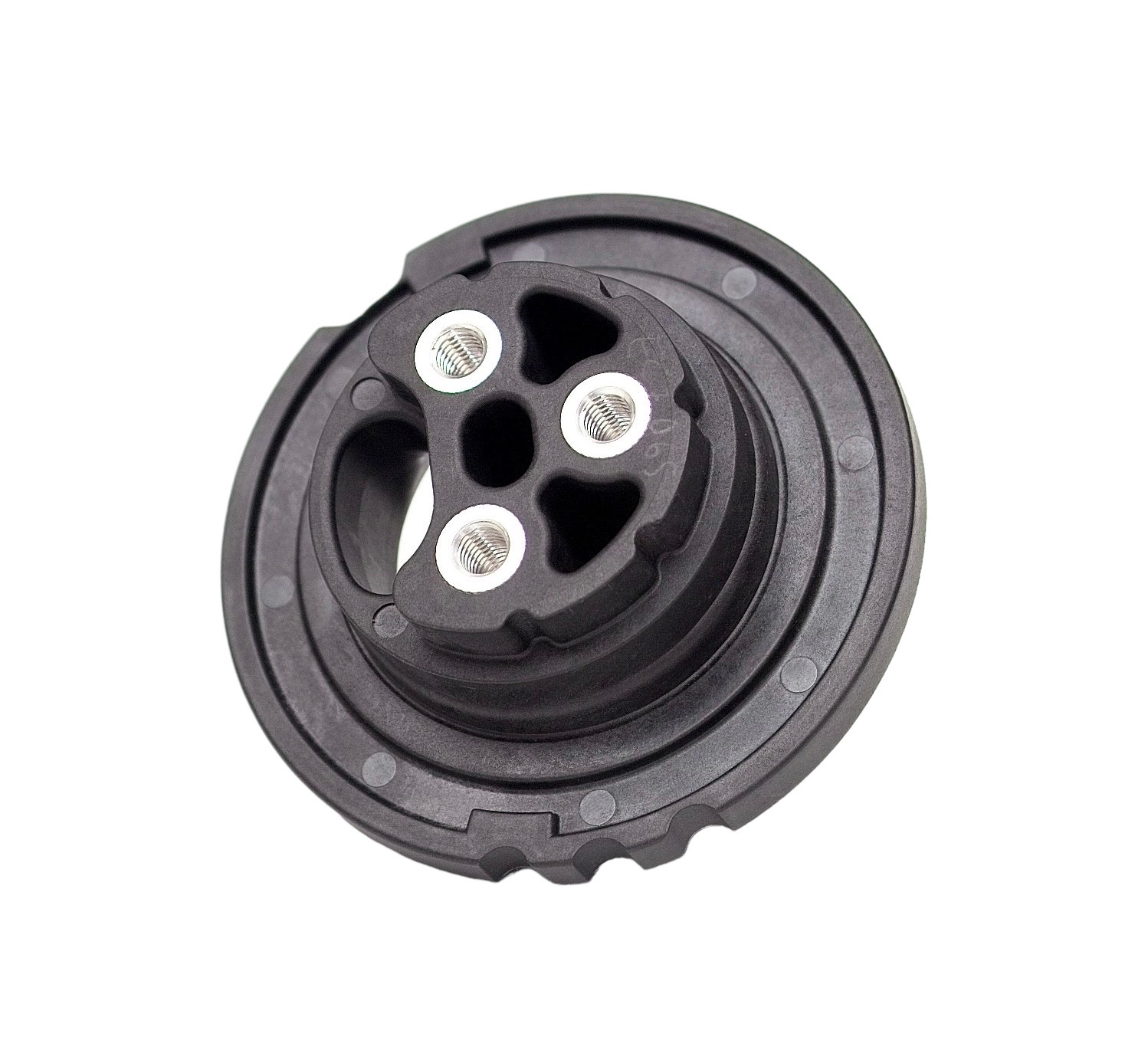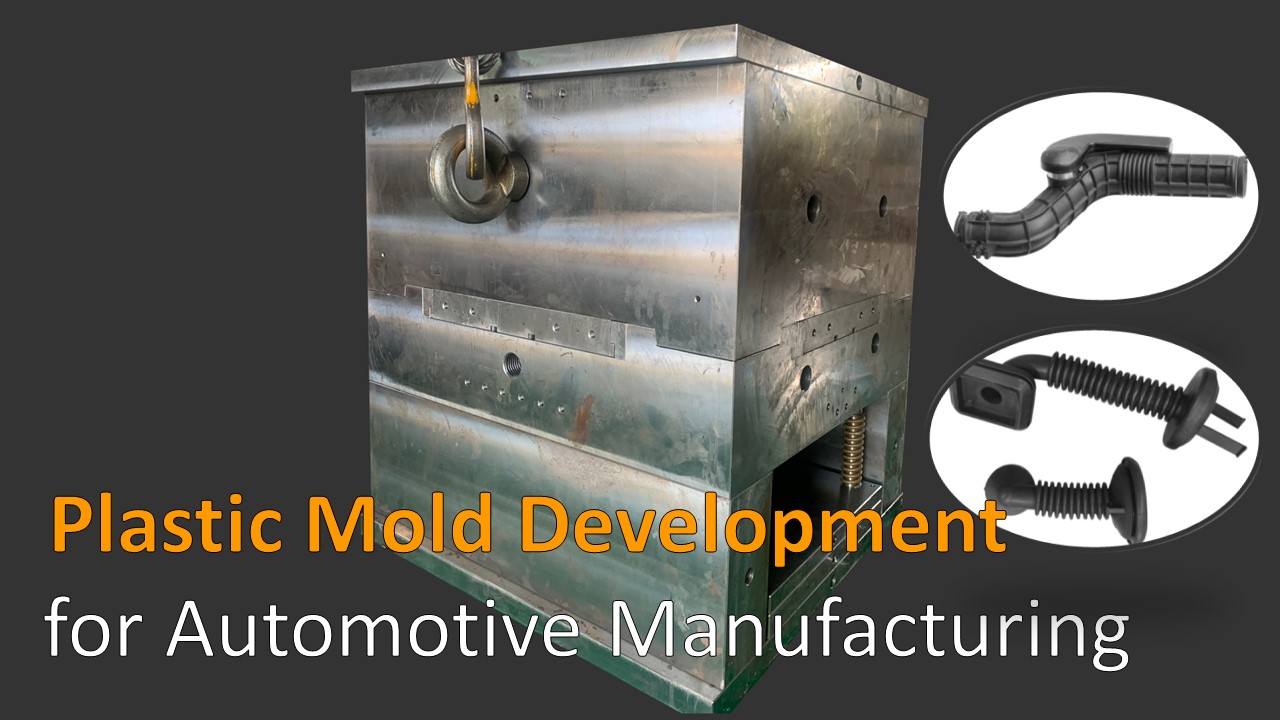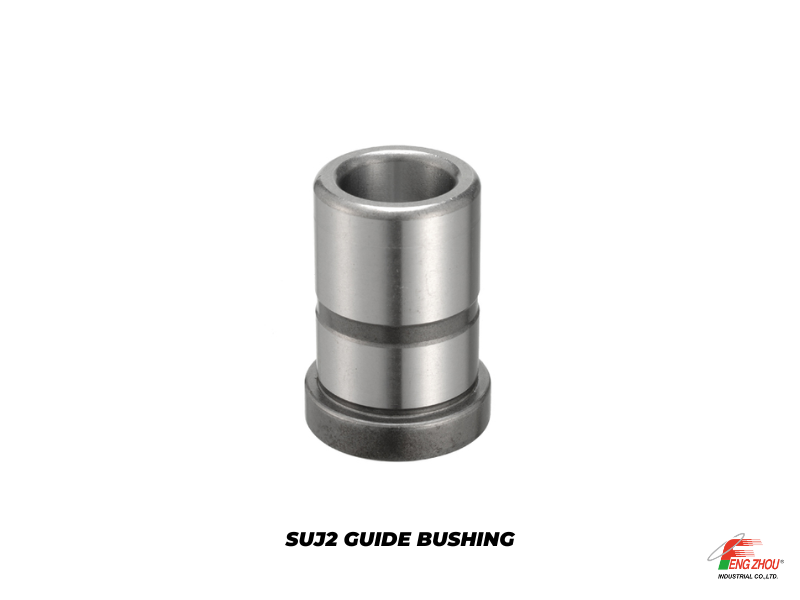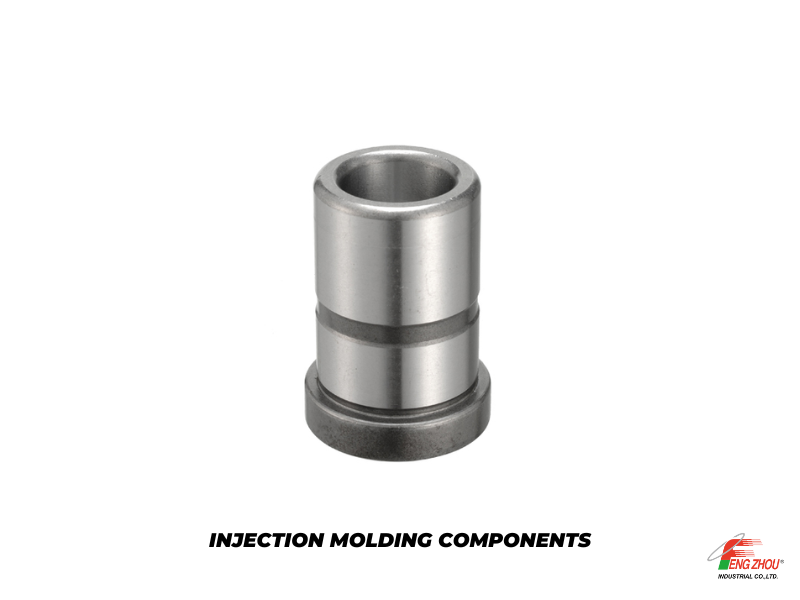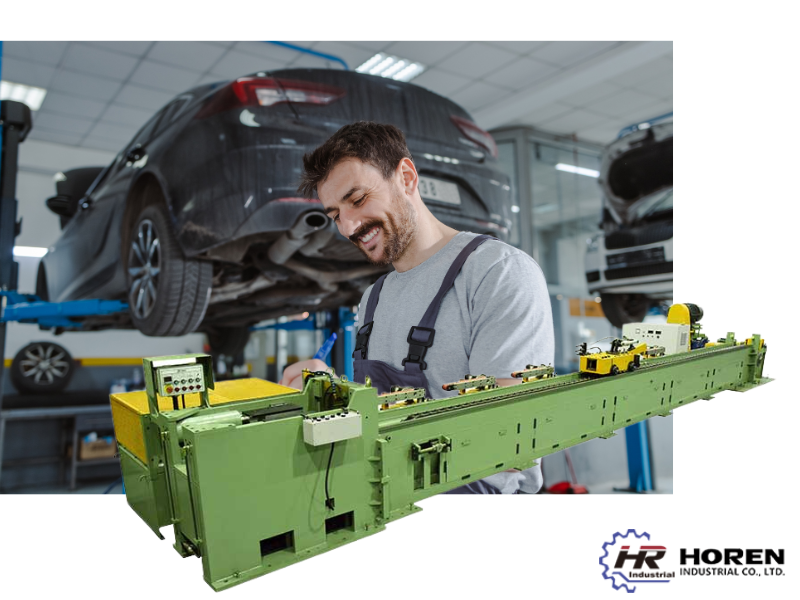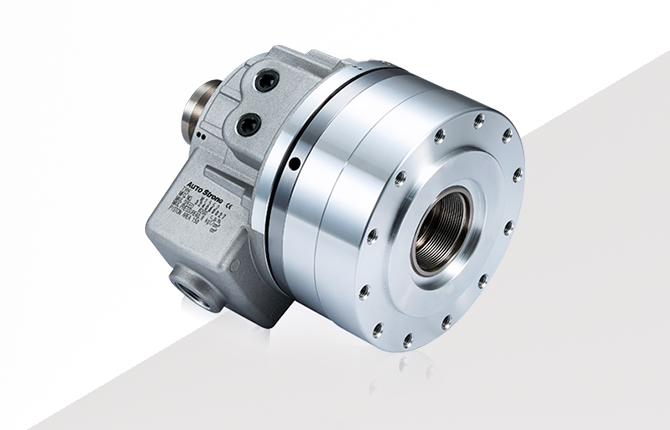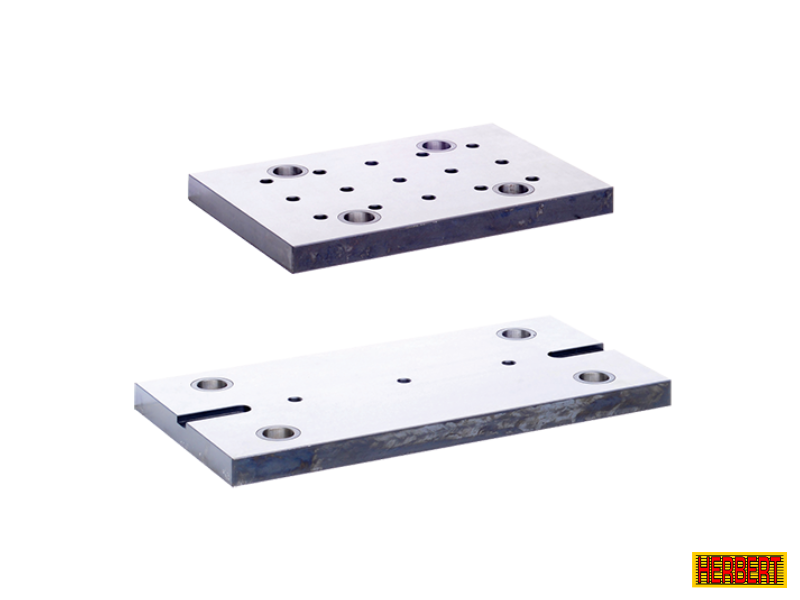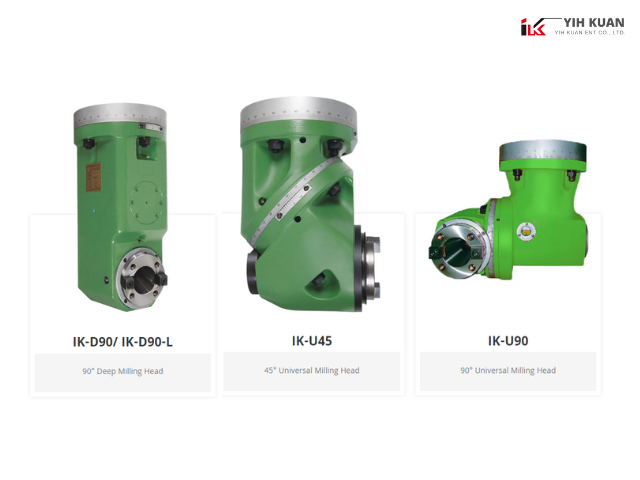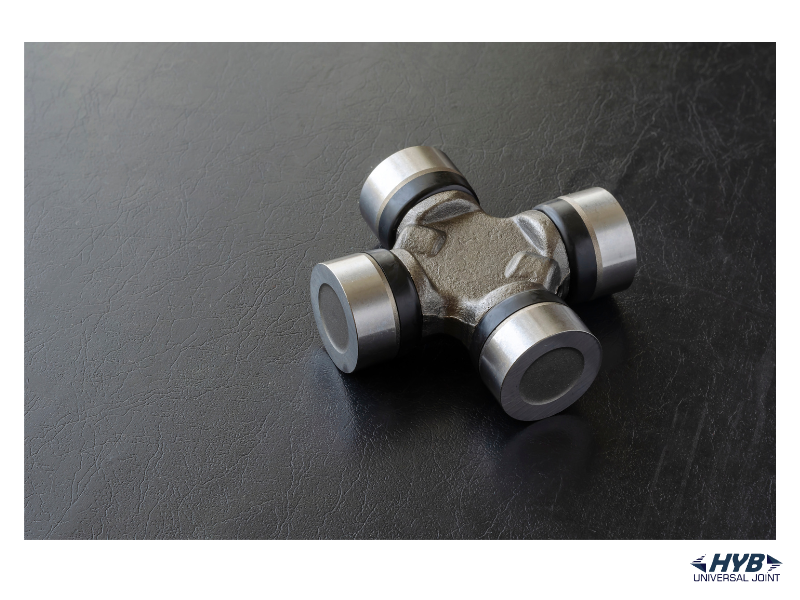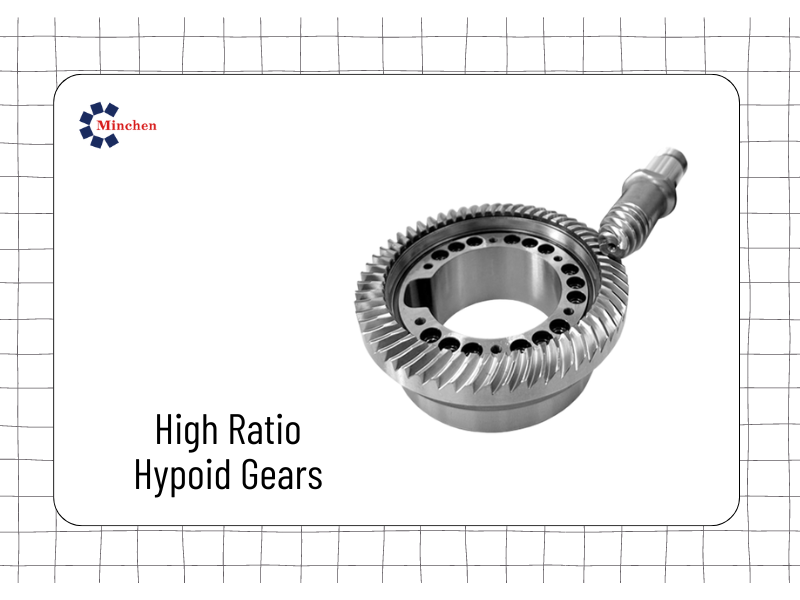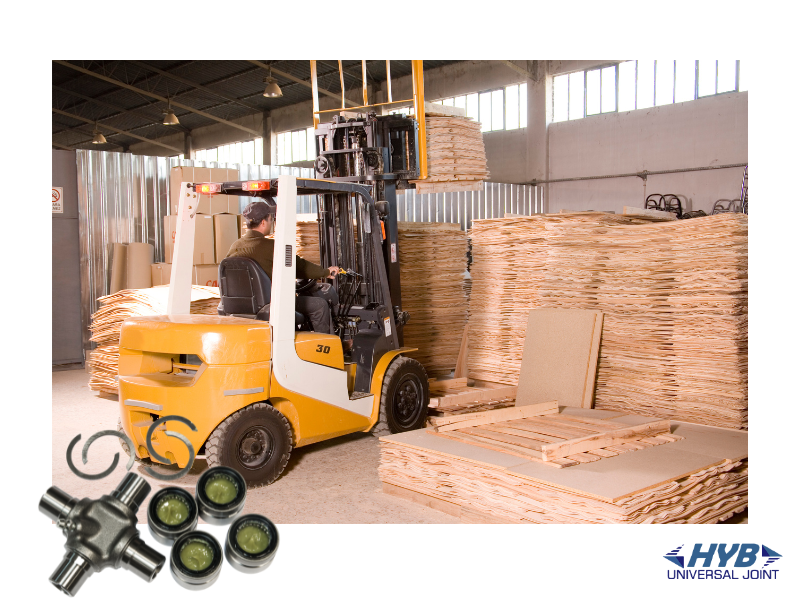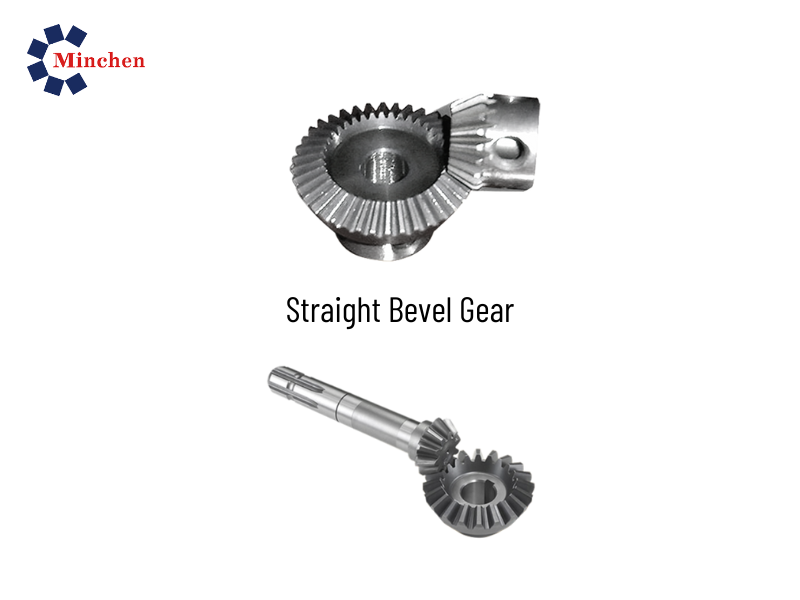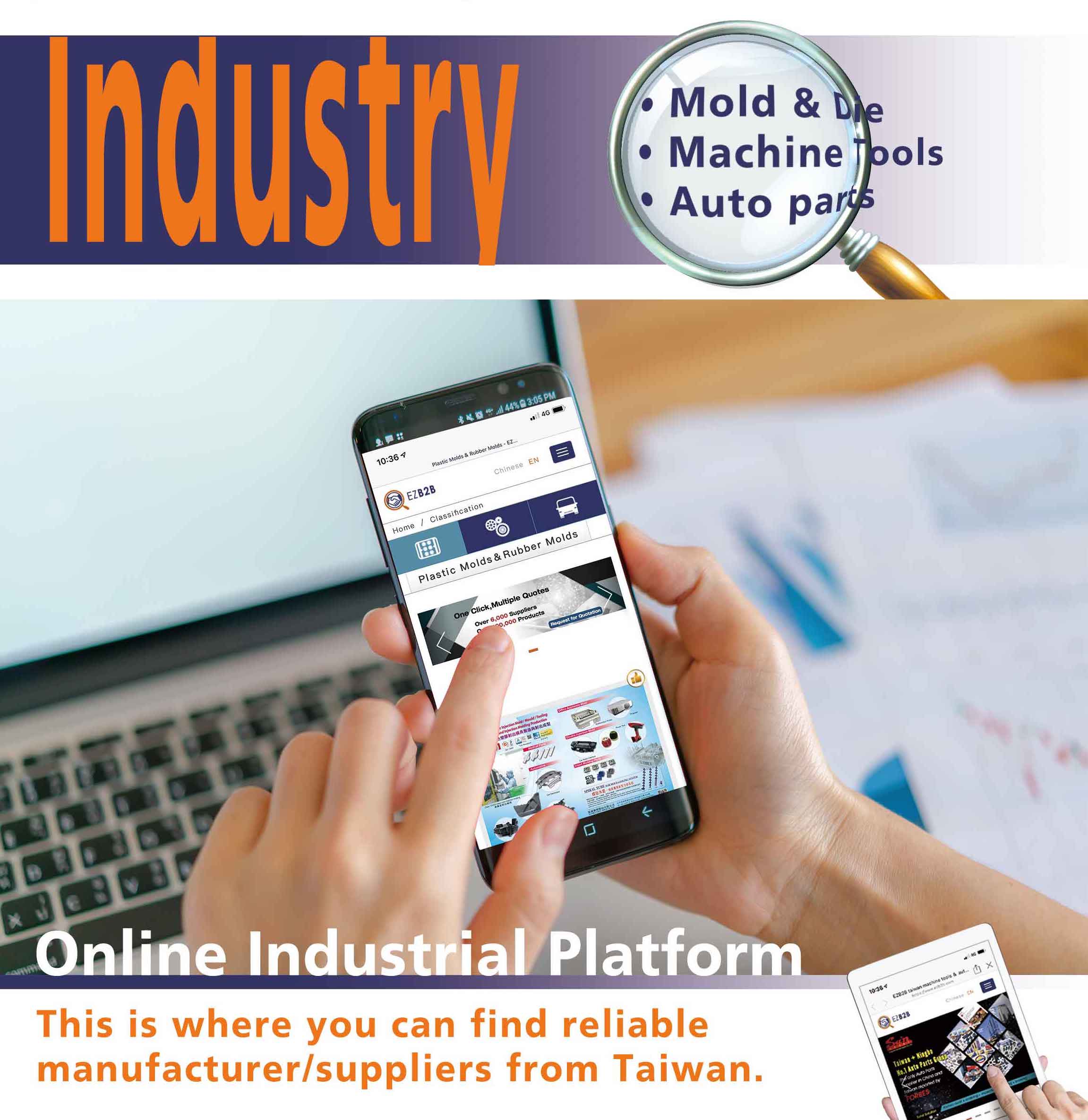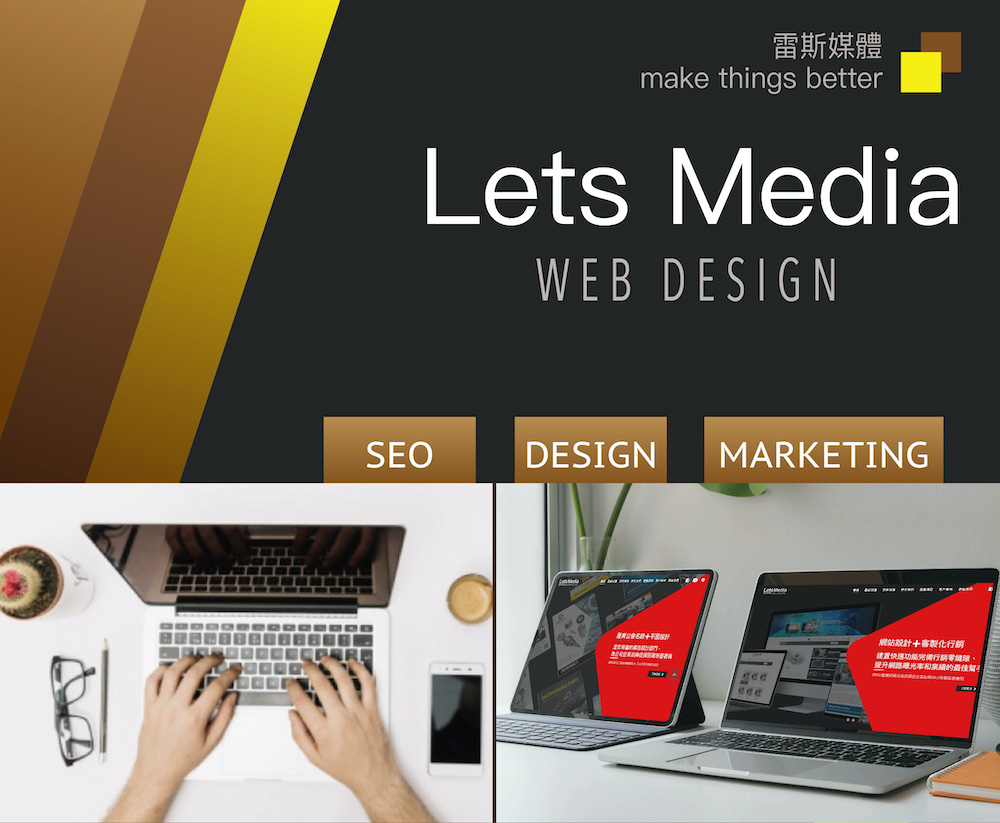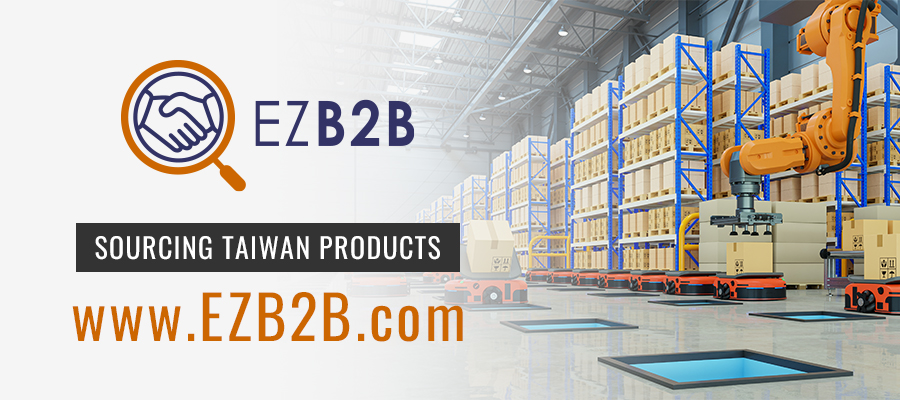Insert Molding, Overmolding, and Injection Molding
2024-05-30Mould & Die
In the dynamic world of plastic manufacturing, choosing the right molding technique is crucial for achieving product quality, functionality, and cost-efficiency. Ming-Li, a leader in the industry based in Taiwan, excels in various sophisticated plastic molding technologies, including Insert Molding, Overmolding, and traditional Injection Molding. This article aims to compare these three key techniques to help manufacturers identify the most suitable method for their products.
Insert Molding
Definition and Applications of Insert Molding:
Insert Molding involves embedding a pre-fabricated component—often made of Insert Molding, Overmolding, and Injection Moldingmetal—into plastic during the injection process, encapsulating it completely in the resulting part. This method is particularly beneficial for integrating electronic components, metal fasteners, and other items that enhance structural integrity or add functionality to the plastic part. Applications typically include automotive sensors, electronic connectors, and medical devices.
Advantages of Insert Molding:
- Enhanced mechanical properties and increased part strength.
- Reduced assembly and labor costs as components are integrated during the molding process.
- Improved reliability and performance of the final product.
Overmolding
Definition and Applications of Overmolding:
Overmolding is the process of adding an additional layer of plastic over an already molded part. This can be used to combine different material properties, such as adding a soft touch layer on a rigid handle, or to create a multi-material part that combines aesthetics with functionality. Common applications include tool handles, power tool housings, and personal care products.
Advantages of Overmolding:
- Allows for the creation of parts with multiple textures and materials, enhancing user interaction.
- Improves product aesthetics and ergonomics.
- Offers additional protection against impact and enhances the seal, especially in waterproof devices.
Injection Molding
Definition and Applications of Injection Molding:
Injection Molding is a versatile and widely used method of manufacturing high volumes of identical plastic parts. Plastic resin is melted and injected into a mold, where it cools and solidifies into the final part shape. This technique is used across various industries, including consumer electronics, automotive, household goods, and more.
Advantages of Injection Molding:
- High production efficiency and scalability, ideal for large volumes.
- Ability to produce complex geometries with high precision.
- Cost-effective for mass production due to lower per-unit costs after initial setup.
- Choosing the Right Plastic Molding Technique
- The choice between insert molding, overmolding, and injection molding depends on several factors including the intended use of the product, material requirements, volume, and cost considerations. Ming-Li offers not only high-quality molding services but also expert advice to ensure that manufacturers choose the best technology for their specific applications. We invite manufacturers from around the world to discuss their needs with us to leverage our advanced molding capabilities.
When selecting a molding technique, manufacturers should consider:
- Design complexity: Products requiring the integration of different materials or complex assemblies might benefit more from overmolding or insert molding.
- Volume: High-volume production can be more cost-effective with injection molding.
- Material characteristics: Selecting the right materials that can withstand the intended product's operational conditions is crucial.
Ming-Li is committed to helping clients achieve their production goals by utilizing the most effective technologies to produce high-quality plastic parts. For more detailed information or to discuss potential collaborations, please visit our website or contact us directly.
In conclusion, Ming-Li's proficiency in insert molding, overmolding, and injection molding allows us to meet diverse manufacturing needs with precision and efficiency. By understanding the specific advantages and applications of each technique, we can guide manufacturers towards the optimal choice for their product requirements. Join us in pushing the boundaries of plastic manufacturing to achieve outstanding results in your projects.
